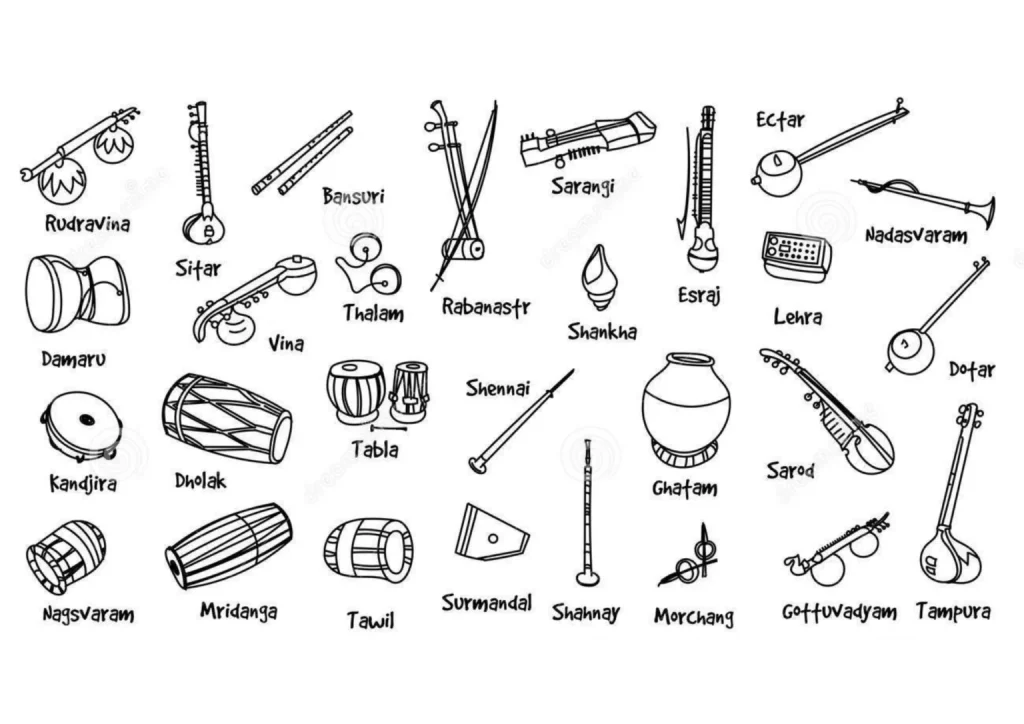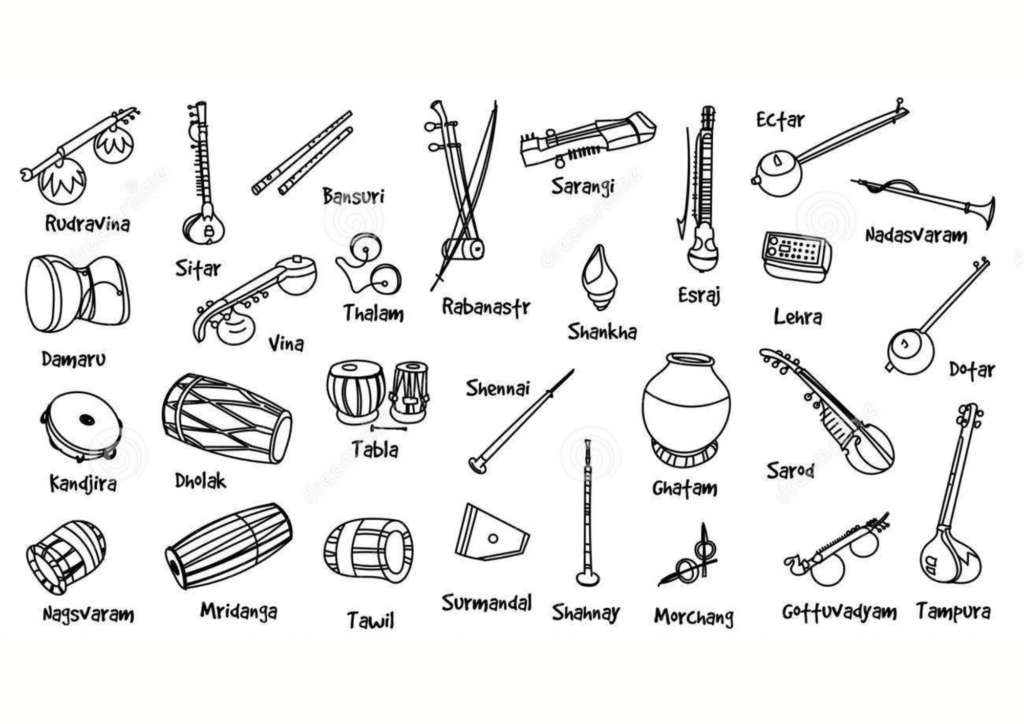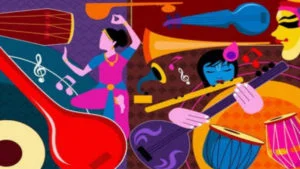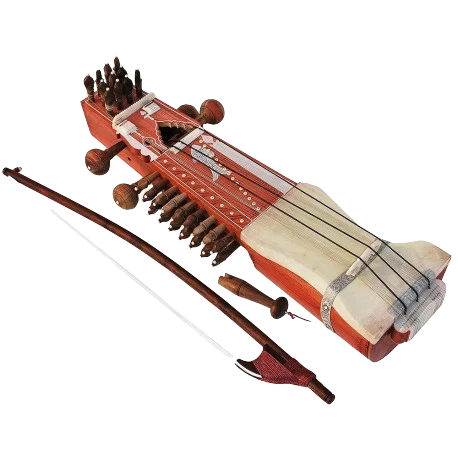Indian classical music is the form of music which have originated from the Indian subcontinent.
It is basically divided into two forms of music that is the one from North India known as the Hindustani and the one that belongs to South India is called the Carnatic music.
India which is called a land of cultures also is evident from the varied manifestations of music, especially the Indian Classical music.
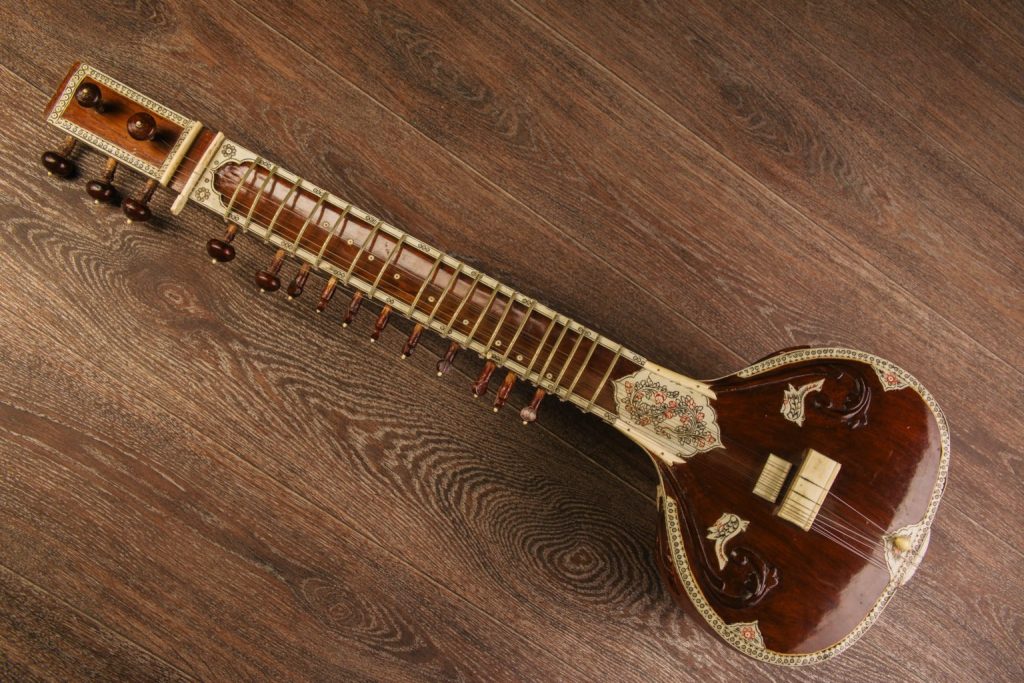
What is Indian Classical Music?
Indian classical music may be said to be a form of music which got its birth from the hymns which were present in the Vedas. The classical music can be studied owing to various mythological stories from the Puranas whereby there are mentions of various musical instruments and also the ragas and talas which form the base of this music form.
Origin of the Classical Music of India
Indian classical music can be divided into three periods which may be classified into the ancient period, Medieval Period and the modern period.
The Ancient Period
The ancient period of classical music can be traced back to the times of the Vedic period. This included the time period of 2000 B.C. and included the songs sung by the sages during that time. They were accompanied by the instrument which was played by the wives and was called the Veena. Among the four Vedic literature the Samaveda was based on music and were also recited vocally. These songs which were called the ‘Samgan’ were sung according to three swar which were classified into the ‘Anudatta’, ‘Udatya’ and the ‘Swarit’. They were low pitch, high pitch and between low and high-pitched respectively.
The Medieval Period
The medieval music was considered to have been from the time period of 7th century AD to that of the 13th century AD. During the period of the 7th century, this music started to spread all over India and abroad. This period was an era where classical music was used to spread the ideologies and philosophy of Hinduism and its beliefs. In the 11th century AD, there was a mixture and advent of Muslim Music in India as well. This respectively saw the separation of north Indian music.
The Modern Period
The modern period of Indian classical music saw its advent in the eighteenth century. During the eighteenth century, it was on the verge of a drastic change whereby Muslim music was thrown away by the British. It started to revive in the 20th century. This period saw the rise of classical music to a newer height. There were great musical artists during this period.
The great singers of the contemporary period also adopt the classical music of the 20th century artists who contributed the greatest to Classical music in India.
Also read Carve Your Hands in These Basic Kathak Mudras
Traditions in the Classical Music of India
Although the Indian classical music started its journey in a joint manner in the Ancient period but eventually got divided into two parts. This happened during the medieval period. It got divided into Hindustani music and Carnatic music.
Hindustani Music
This has its origin from the Vedic literature. It mainly belongs to the classical music of the Northern part of India. They have the basic connection to that of a religious movement which was called the Bhakti Movement.
Carnatic Music
This has originated in the southern part of India. Usually included a small group of musicians along with a single vocalist. Relatively a newer type in Indian classical music which started from the medieval times. Common in the states of Andhra Pradesh, Tamil Nadu and so on.
Differences between Hindustani and Carnatic Music
The basic points of difference between Hindustani and Classical music are as follows:
- Hindustani music belongs to North India while Carnatic music belongs to South India.
- Hindustani music consists of six ragas while the Carnatic music constitutes of 72 ragas.
- The main point of difference also holds that Hindustani music constitutes of the music which came to India from Persia and Arabian countries, while Carnatic music originated in India itself.
- The Hindustani music is performed along with the table, sitar, santoor and so on. Carnatic music is done along with the mandolin, mridangam and the veena.
Although there are various differences yet both this music have certain similarities as well. Carnatic and Hindustani Music these music forms give significance to the melody as the main component of their music. Both have Swara and Vadi Swara as a component. Both use Tanpura to justify the pitch of the songs.
Elements of Indian Classical Music
RAGA
Raga constitutes the central focus in this music genre. It gives a framework to the music performed or provides the base for its melody. Raga is a powerful element of any song whereby the singer sings according to a certain motif in the song to attract the attention of the audience. It gives a mood to the mind and emotions of the listeners.
The term raga has meant to dye and is derived from various languages like that of Persian, Greek and so on. Each raga has its own mood and personality which works wonders on the ambience where the music is performed.
TALA
this is a rhythm or a musical meter given to Indian classical music. It can be in the form of beats given by musical instruments like that of a tabla and so on. The word is derived from Vedic literature or precisely from the Samveda. The Sanskrit word means ‘to establish’.
Instruments in Indian Classic Music
The basic instrument which is used commonly in each and every classical music is the ‘tanpura’ also considered ‘the mother of all Indian music’. Along with that other instruments are sitar, harmonium, veena, tabla, santoor and so on.
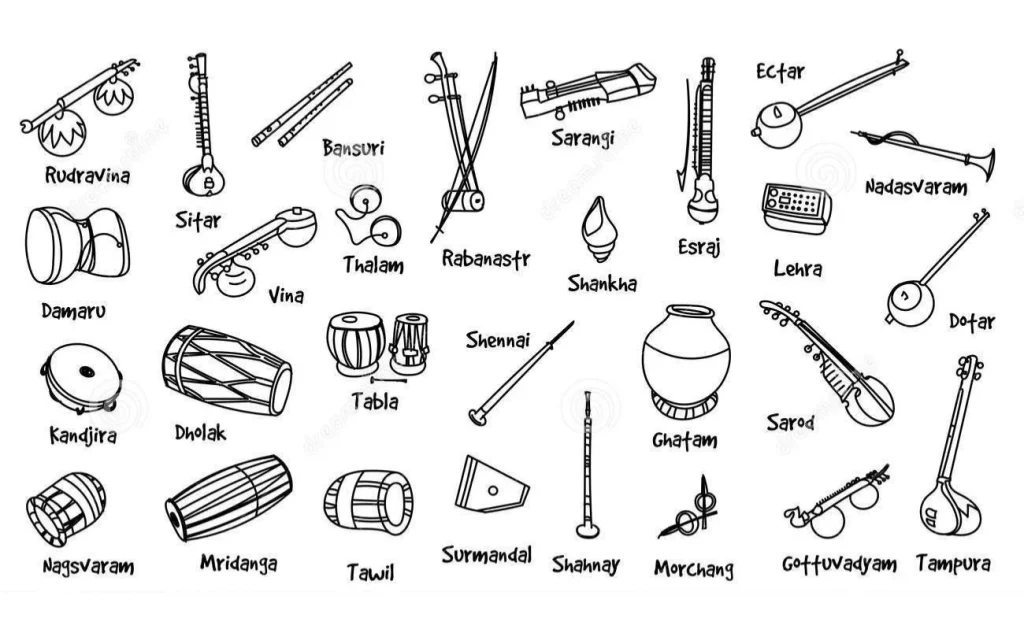
To learn in details about two of the most popular musical instruments, visit the following lessons on Veena and Sitar.
Notation System
Notation systems are given by two Pandits in Indian classical music. Pt. Paluskar’s notation system is a bit difficult and complicated while the second notation constitutes of the notation of Pt. Bhatkhande, which is an easier one. Indian classical music has different ‘swars’ according to which notations are differentiated.
Conclusion
Indian music has added to the tradition and love for music. Music reaches and heals and that’s how Indian music is. It can change the moods and emotions of the listeners through its various melodies and ragas.
Share with your friends


